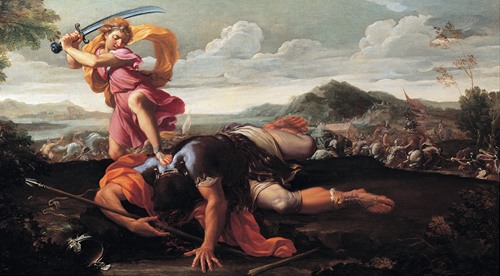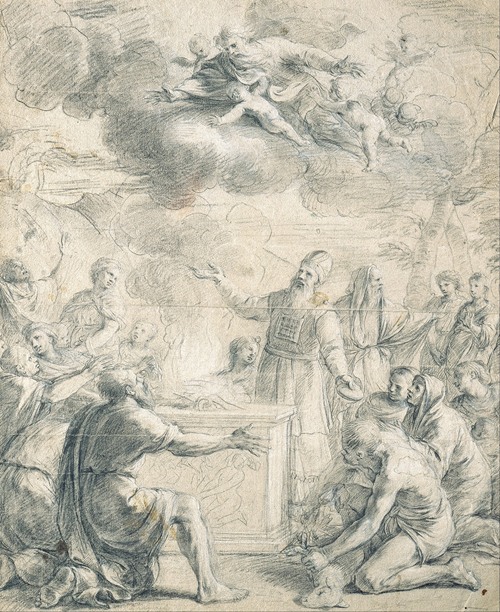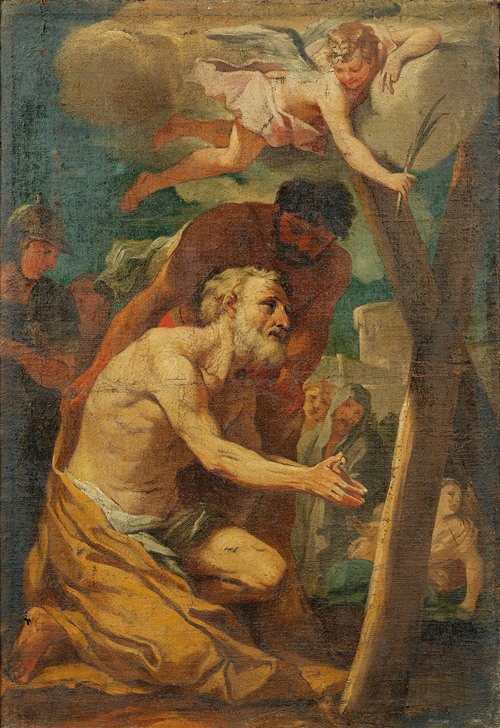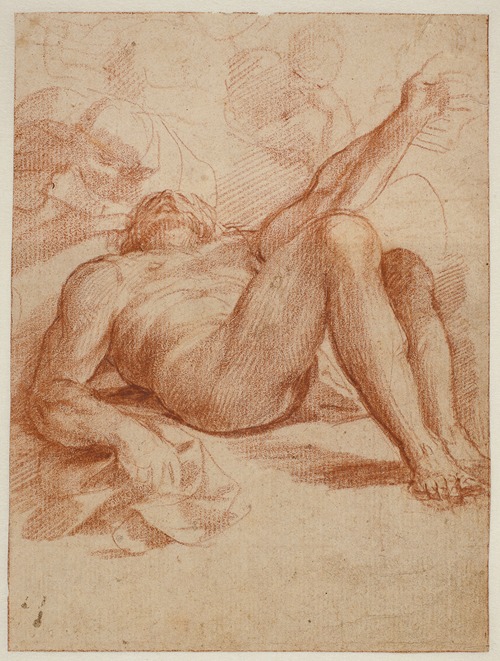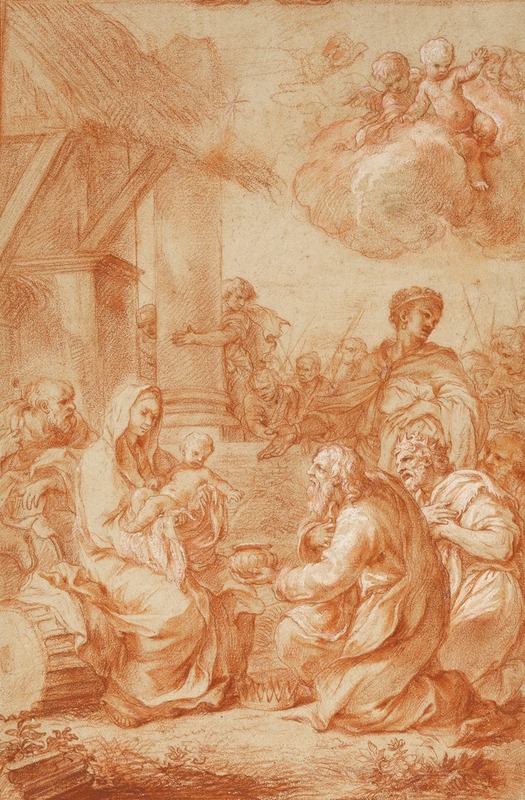
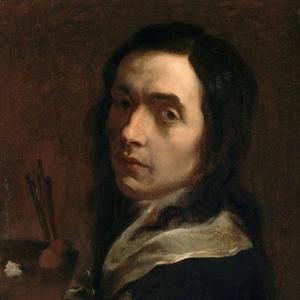
Guillaume Courtois or italianized as Guglielmo Cortese, called Il Borgognone or Le Bourguignon ('the Burgundian') was a Franc-comtois-Italian painter, draughtsman and etcher. He was mainly active in Rome as a history and staffage painter and enjoyed high-level patronage. He was the brother of the painters Jacques Courtois (Giacomo Cortese) and Jean-François Courtois.
Guillaume Courtois was born in Saint-Hippolyte (County of Burgundy), in present-day France, as the son of the obscure painter Jean-Pierre Courtois. Very little is known about Guillaume’s youth but it is assumed he received his initial training from his father. The father and his sons went to Italy circa 1636 when Guillaume was still a child. They travelled to Milan, Bologna, Venice, Florence and Siena.
The movements of the brothers Courtois are not very well documented, which has led to alternative theories. It is possible Guillaume Courtois settled in Rome by 1638 where he entered the studio of Pietro da Cortona. Here he is supposed to have supplemented his training by drawing from life and copying works of Giovanni Lanfranco and Andrea Sacchi. He studied also the Bolognese painters and Guercino, and formed for himself a classicizing style with very little express mannerism, partly resembling that of Carlo Maratta. Another view of the movements of the brothers that has gained support with modern scholars is that Guillaume and Jacques remained together until the later 1640s and that Guillaume Courtois only came under the influence of da Cortona when he worked under him in 1656.
Guillaume Courtois spent most of his active life in Rome where he died of gout on 14 or 15 June 1679.
Jean-Blaise Chardon and Antonio Dupré were his pupils.
